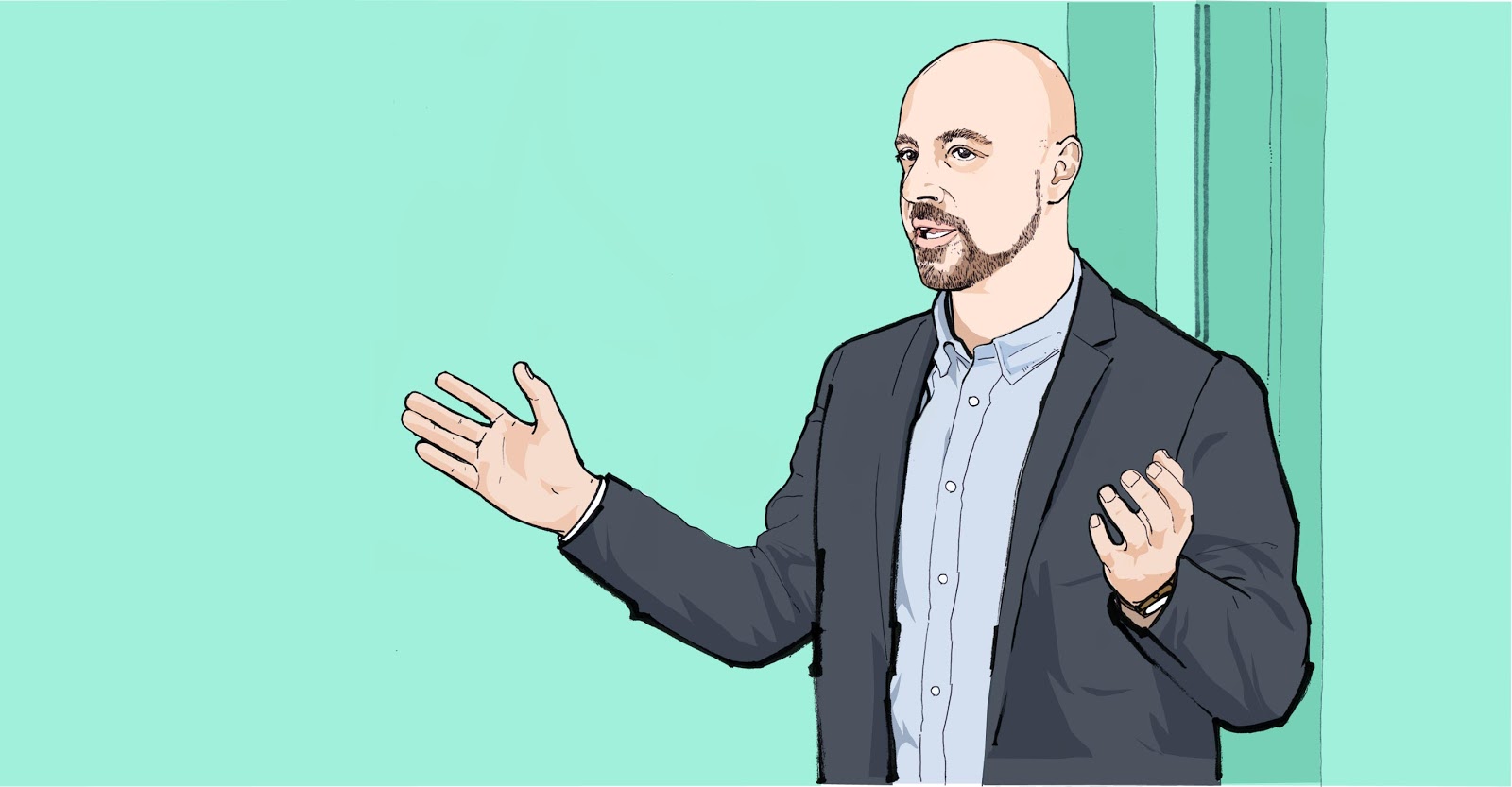Video: Toyota Material Handling and Industry 4.0 – Creating a Smart Factory By Moving from Monolith to Microservices, Microsoft Azure and MongoDB Atlas
Huge wheels of cheese trundle across a factory floor riding automated forklifts that know exactly where, when and how to move their cargo. Humans and their traditional forklifts support the work for some of the more tricky jobs but the real magic at the heart of this operation is how billions of data points get generated, managed, stored and analysed.
Industry 4.0 has arrived and Toyota Material Handling Europe is building both the machines and the data platforms, that will make this historic shift in manufacturing a success. Toyota is famous for the quality of its vehicles. Now that same standard is being applied to how its development teams create Internet of Things software that will enable the move to smart, autonomous and safer factories of the future.
"At Toyota, we aim to be number one in industry 4.0,” explained Filip Dadgar, Principal System Architect and IT-Manager at Toyota Material Handling Europe.

In a recent presentation in Stockholm, Filip described how Toyota Material Handling Europe have already connected over 100000 warehouse trucks with integrated telematics. The trucks are put to use in virtually every business from manufacturing and warehousing to transport.
Filips covers a number of interesting topics in his talk, which you can see in full below. He gives the background on Industry 4.0, the developer manifesto his team sign, and the core principles that guide their work. He also discusses the shift from a monolithic codebase towards a microservices approach, which was undertaken so the development teams could be more productive and the platform more user-friendly. Underpinning this change is MongoDB Atlas, MongoDB’s fully-managed, global cloud database service, which Toyota Material Handling runs on Microsoft Azure.
Filip explained what it was he liked about MongoDB: "The most beautiful part is the data model. Everything is a natural JSON document. So for the developers, it is easy, really easy for them to work with quickly. Spending time on building business value, rather than data modeling."

For the developers, it is easy, really easy for them to work with quickly. Spending time on building business value, rather than data modeling.
Filip Dadgar, Principal Solutions Architect and IT-Manager, Toyota Material Handling Europe

But it wasn’t just the data model. Toyota Material Handling had eight evaluation criteria that were used to decide on which database platform they would use to make the switch:
- Performance – latency, scalable reads and writes to meet customer SLAs and accommodate significant growth in the future
- Automatic scalability, operations, and maintenance that enable developers to focus on applications, rather than backend database administration
- Security and compliance to safeguard highly sensitive business and personal data
- Data locality – able to host in Northwest Europe or West Europe in Microsoft Azure, therefore, ensuring close geographic proximity to factories for latency-sensitive operations
- Automatic backups and restore to provide fully-managed data protection and disaster recovery
- Cloud agnostic, giving customers the freedom to run anywhere, on any platform
- Developer friendly database with a flexible data model so that developers can continuously integrate new application functionality and stay ahead of market demands
- Ecosystem for developer productivity, using proven best practices and widely available skills
Watch the full video for more insight into why MongoDB’s technology was the best fit for Toyota Material Handling across those key criteria. Filip also covers two other important elements of the decision: access to MongoDB University for fast and easy web-based developer training and quality relationships with the MongoDB team.
Filip said: “Have you met these people? They are always happy to help us. They always smile and they always give us the best support. The team could plan MongoDB University into their sprint and ensure everyone gained a high level of knowledge on the technology very quickly.”